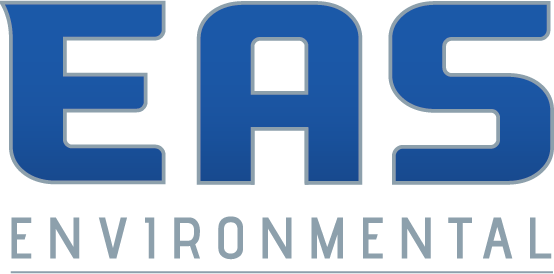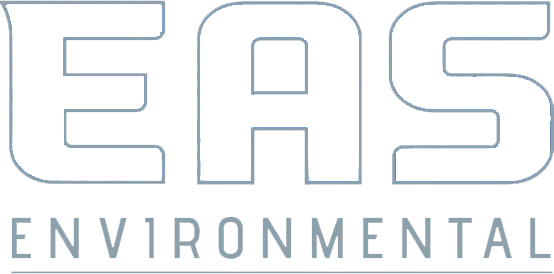
When faced with excess water in your crawl space, finding effective solutions becomes a top priority to prevent potential damage and maintain a healthy living environment. While sump pumps are commonly used for water removal, there are alternative methods to address this issue. In this comprehensive guide, we'll explore practical strategies and techniques for getting water out of your crawl space without relying on a sump pump, ensuring your home remains protected and dry.
Effective Water Removal Techniques for Crawl Spaces
Effective water removal from crawl spaces is crucial to prevent moisture-related problems and ensure the structural integrity of your home. While sump pumps are a popular choice, several alternative techniques can successfully eliminate excess water. One method involves using a wet-dry vacuum to manually extract water, especially in smaller crawl spaces. Additionally, employing natural ventilation by using fans and dehumidifiers can help evaporate moisture over time, gradually reducing water levels. For more extensive water issues, French drains or perimeter drains can redirect water away from your crawl space, mitigating the risk of standing water.
Another innovative approach is the use of crawl space encapsulation, which involves sealing off the crawl space from external moisture sources and installing a vapor barrier. This technique not only prevents water intrusion but also reduces humidity levels, creating an unfavorable environment for mold growth. Combining these techniques can provide a multi-pronged approach to efficient water removal, ensuring your crawl space remains dry, protected, and conducive to a healthy living environment.
Installing French Drains for Crawl Space Water Management
When battling persistent water issues in your crawl space, installing French drains can be a highly effective solution for efficient water management. French drains, a time-tested drainage system, are designed to redirect excess water away from your crawl space, safeguarding your home from potential water damage and moisture-related problems. The installation process involves digging a trench around the perimeter of the crawl space and placing a perforated pipe within it. This pipe is then covered with gravel and a geotextile fabric to facilitate water filtration while preventing soil from entering the drain.
As water infiltrates the soil, it is collected by the French drain and channeled away from the crawl space, effectively preventing standing water and reducing the risk of moisture-related issues. French drains can also be complemented with a sump pump system, providing an additional layer of protection against water accumulation. This comprehensive approach to crawl space water management not only maintains a dry and stable environment but also safeguards the structural integrity of your home, ensuring long-term peace of mind.
Dehumidifiers and Air Circulation: Drying Out the Crawl Space
Damp crawl spaces can create a host of problems, from mold growth to structural damage. Dehumidifiers and proper air circulation emerge as powerful allies in drying out these spaces and maintaining a healthy home environment. Installing a crawl space dehumidifier helps control humidity levels, effectively preventing excess moisture from accumulating. These devices work by drawing in damp air, extracting moisture, and releasing dry air back into the crawl space. This not only inhibits mold growth but also curtails the potential for wood rot and other moisture-related issues.
Supplementing dehumidification efforts,
improving air circulation within the crawl space is equally important. Inadequate air movement can exacerbate moisture problems, so strategically placing fans and vents can aid in moisture evaporation. Mechanical ventilation systems, such as crawl space fans, help exchange moist air with drier outdoor air, reducing humidity levels. Proper air circulation not only contributes to a drier crawl space but also enhances indoor air quality and promotes a more comfortable living environment. By harnessing the combined power of dehumidifiers and efficient air circulation, you're taking proactive steps to ensure your crawl space remains dry, mold-free, and structurally sound.
FAQs
Contact EAS Environmental Today!
EAS Environmental will do everything we can to ensure your experience with us is excellent.
Request A FREE Estimate
Request a Free Estimate Form
Checkout Recent Post
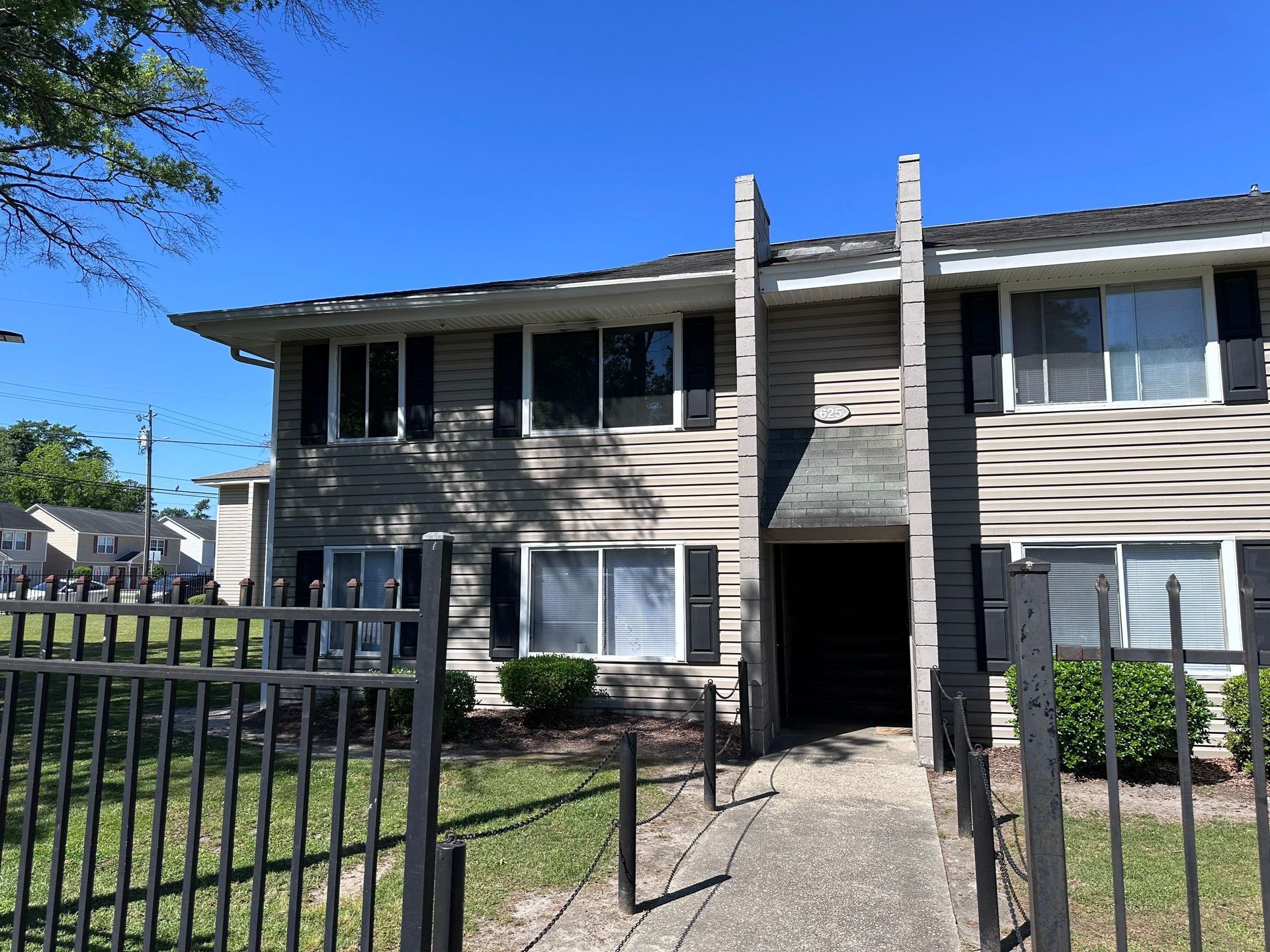
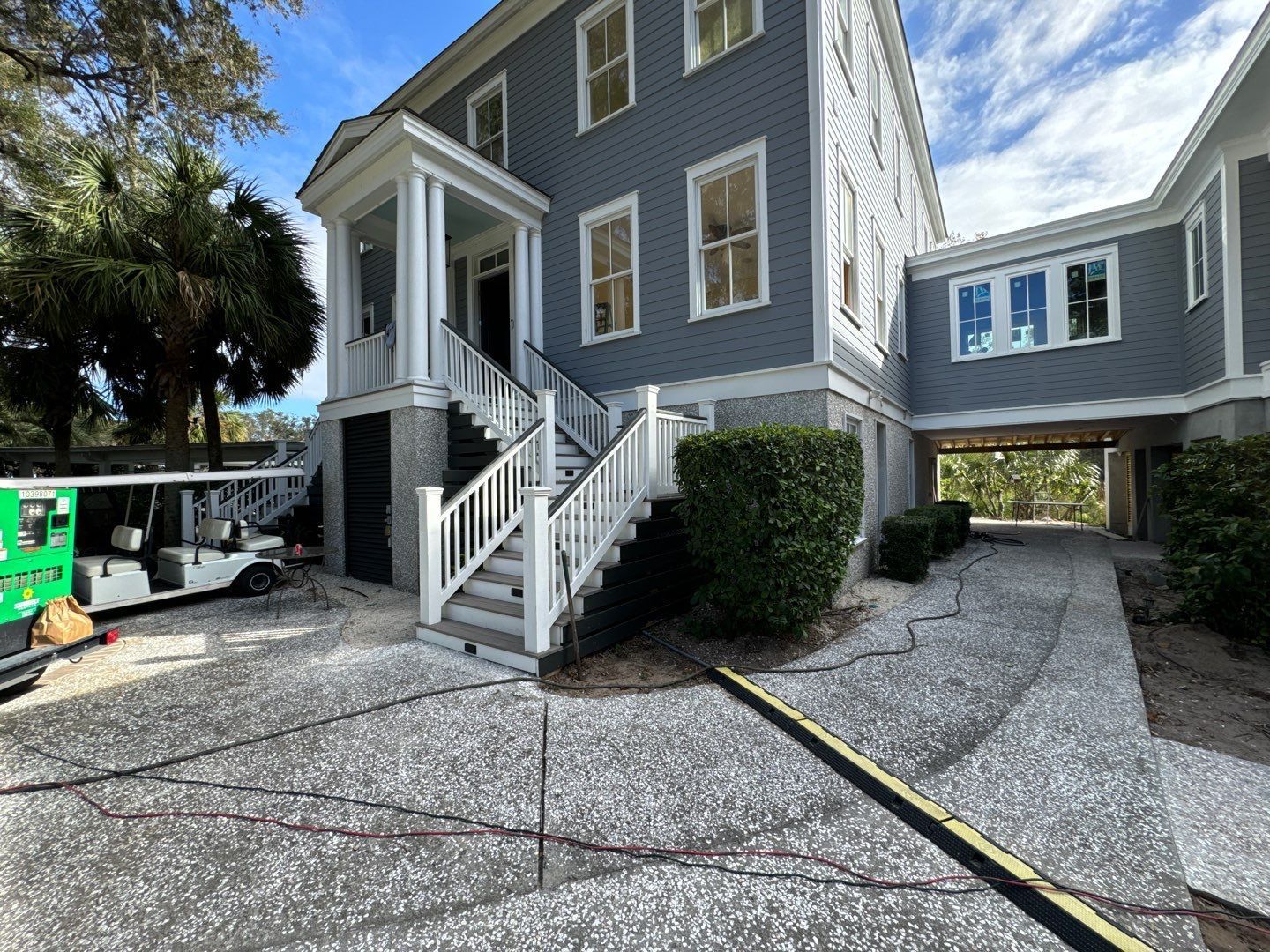
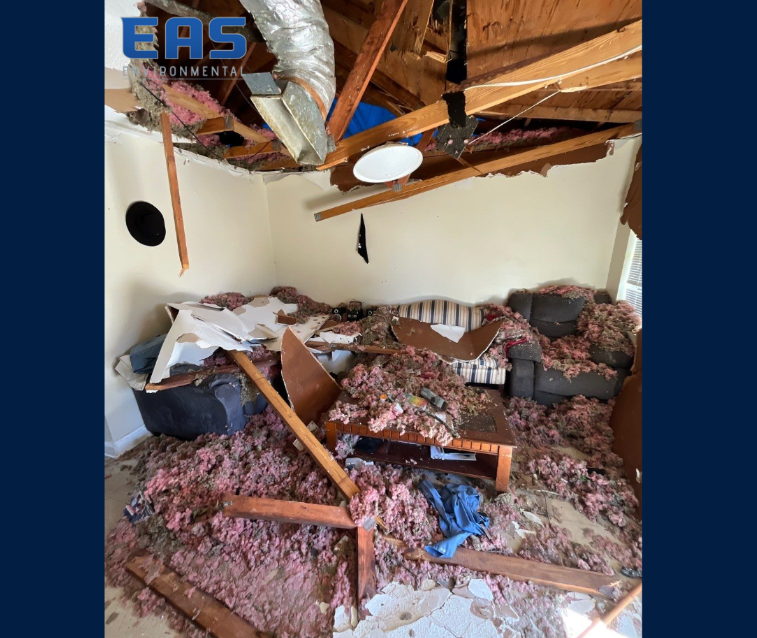
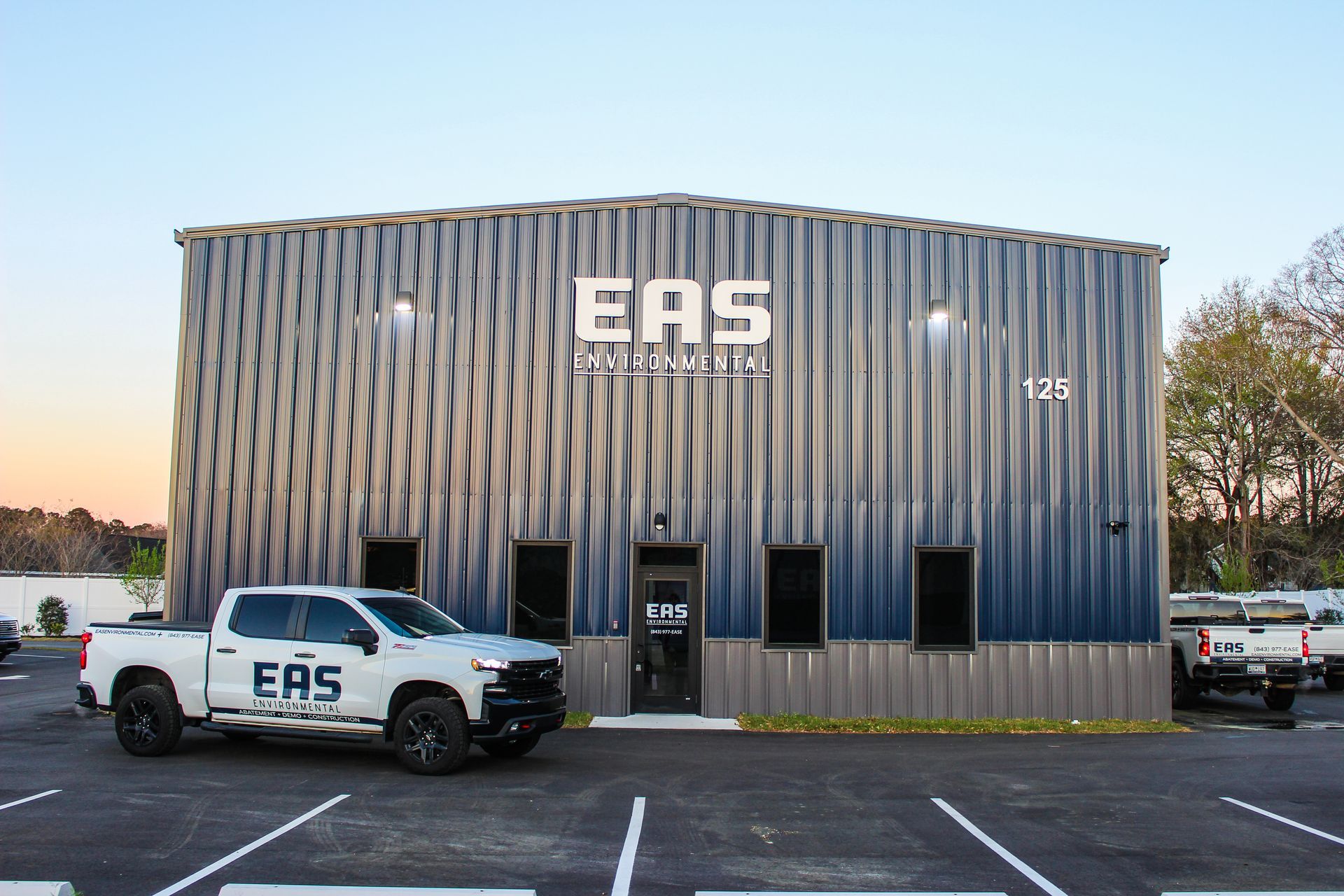
Got a Question? We’re Here to Help.
You can arrange an appointment or make an enquiry by phone or email, orget in touch to us via our contact form.
